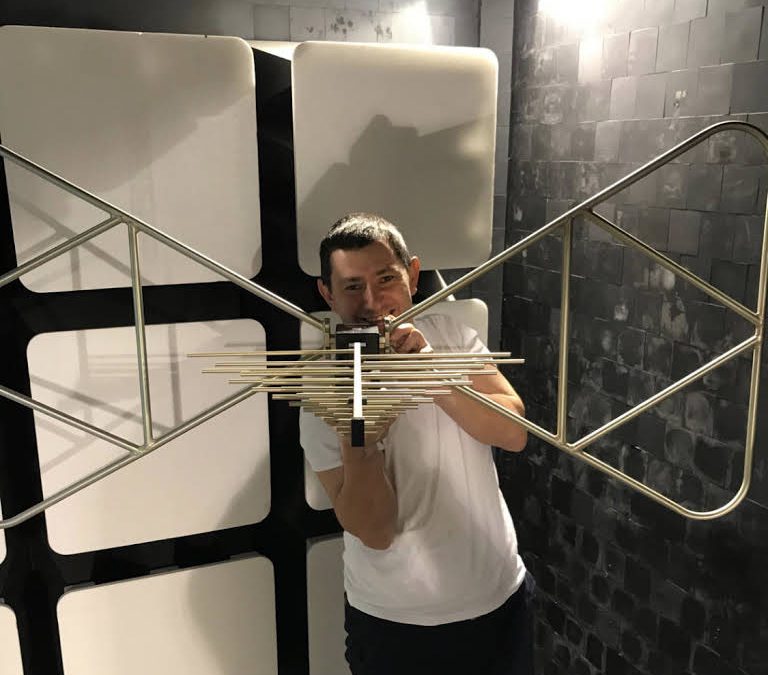Upgrading EMC test laboratories inevitable considering technological changes.
There are four main reasons to upgrade an existing EMC test laboratory: limited current capacity, limited frequency range, limited test spaces, non-compliant test setups
Main Reasons
1) Limited current capacity: EMC lab’s capability is limited by the Equipment Under Test (EUT) that can be tested. 16 Amps and 32 Amps current limits are so popular due to power filters used at EMC test facilities. It is not possible to test high current EUTs at those facilities whose current capacity is under the EUT’s maximum current. Most of the EMC test laboratories missing new opportunities to test high current drawing EUTs due this reason. Performing EMC immunity tests on power lines require signal generators and CDNs which are limited by currents mentioned on their datasheets. Operating an high-current EUT on such immunity test instruments which has low current limits is not possible.
2) Limited frequency range: Conducted emissions, radiated emissions, conducted RF immunity, radiated RF immunity, magnetic field emissions, magnetic field immunity tests are different EMC tests to check EUT at different frequencies. EMC lab’s frequency range is limited by its test site, test equipments and any accessories used on these test setups. If you have an EMI receiver which is able to measure emissions between 30 MHz to 1 GHz, it is not possible to measure 1-6 GHz frequency range. If you have no RF absorbing materials on inner walls of your RF shielded room, it is not possible to proper radiated RF immunity testing over 30 MHz. If your RF signal generator is able to generate RF signals between 200-1000 MHz, you cannot use it for testing 80-200 MHz frequency range.
3) Limited test spaces: For proper, accurate and full-compliance EMC testing, test sites used during EMC tests should be compliant with the EMC standards. The most popular test site compliance standard is CISPR 16 series standards. If your test space is smaller than mentioned dimensions or does not fulfil performance validation criteria, test results would be inaccurate. Limited test spaces are also creates electromagnetic interactions between test setups and these interactions might adversely affect the test/measurement results.
4) Non-compliant test setups: Non-compliance means the test setup deviates from the EMC test standards and their required parameters. If your test equipment does not comply with CISPR 16, it is not possible to perform product compliance or certification testing. Such non-compliant test setups may also give you non-accurate test results. Product developers or designers use many non-compliant EMC test setups during their works but these measurements are not for product certification.
We are upgrading EMC test laboratories.
Our solutions
1) Increasing current capacity: We are offering high current power line EMI filters, LISNs, AMNs, ANs, test equipments. Perform conducted emissions and radiated emissions of EUTs that draws current up to 1500 Amps!
2) Extending frequency range: We are offering RF abosrbing materials, ferrite tiles, RF absorbers, anechoic chambers, test equipments to extend the frequency range. We are able to extend up to 110 GHz!
3) Extending test spaces: We are offering standard-compliant RF shielded rooms, enclosures, EMC test chambers, anechoic chambers and on-site installation services of these test spaces. We are able to install test rooms up 30 m measurement distance!
4) Fully-compliant test setups: We are offering CISPR 16 compliant EMC test equipments, amplifiers, generators, test setups including test tables, cables, attenuators and etc. We are able to deliver any EMC test setup item!
Upgrade your EMC test laboratory!
We are offering EMC test systems, chambers, absorbers, filters and related services
Ask any question or quote
info@testups.com

Recent Comments